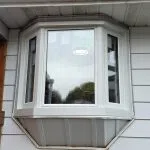
Regulation changes coming for drone users
MEDICINE HAT – If you’re thinking about purchasing a drone for Christmas, there are a few things you should know before taking flight — or purchasing.
President of Canadian Unmanned Incorporated Sterling Cripps says it’s not as easy as one would think.
The rules and regulations for flying around an air drone for commercial purposes is out to five nautical miles. But, if you just want to fly for recreational use, those distances are 3.5 nautical miles I believe.”
For those unaware, one nautical mile is roughly two kilometers. That means, there isn’t a ton of area to fly in a community due to the close proximity with the airport.


